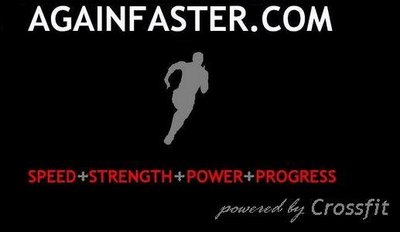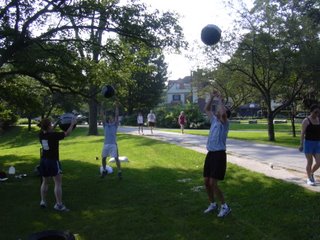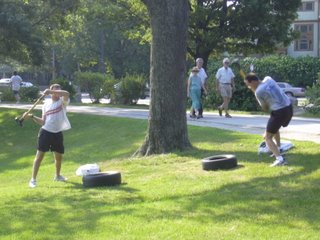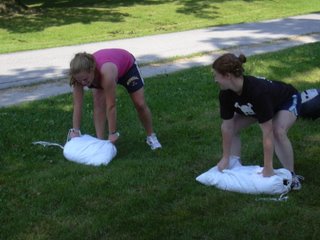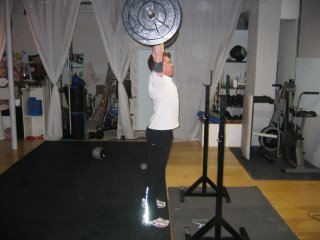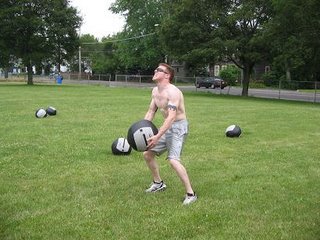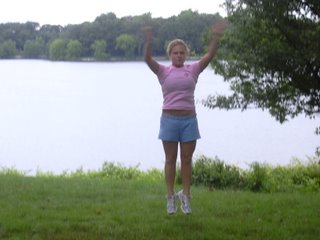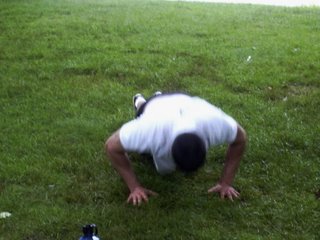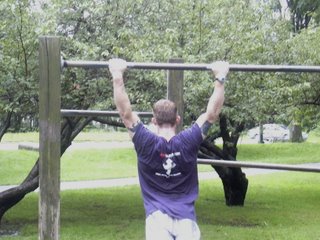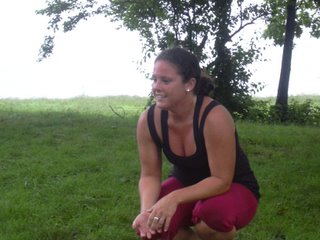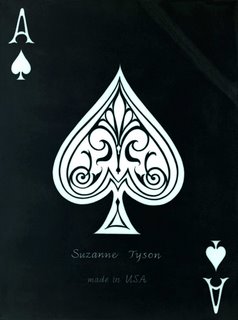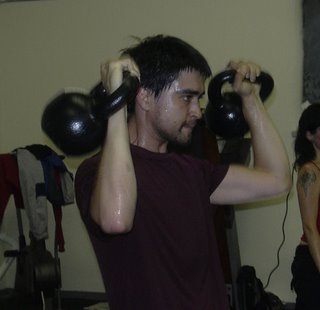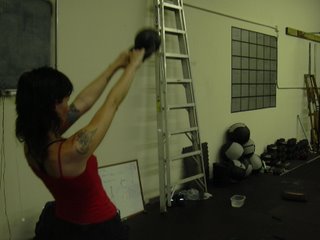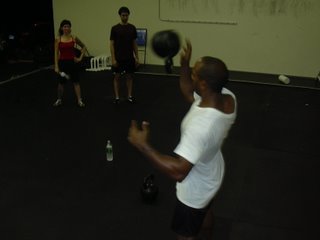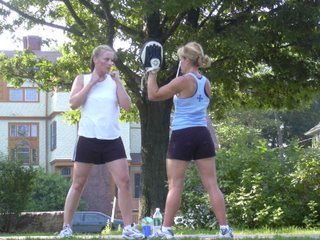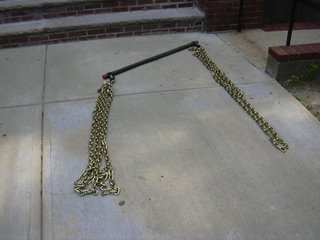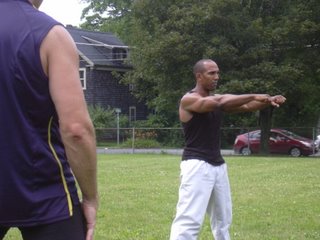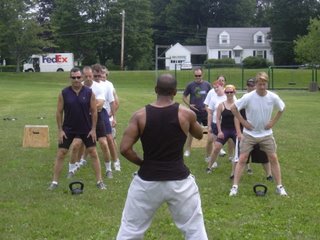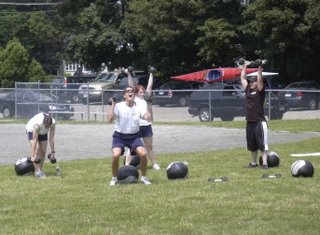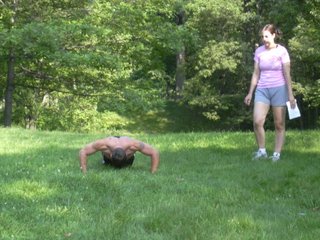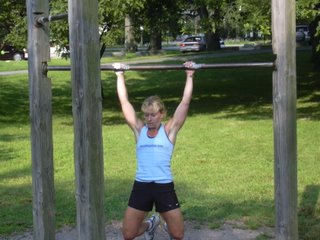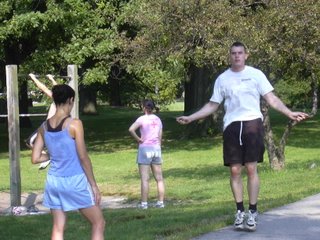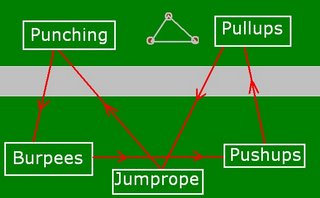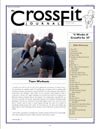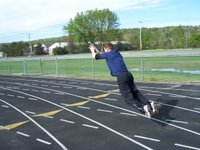Turn Off the Lights
A Review of "Lights Out: Sleep, Sugar, and Survival" by T.S. Wiley and B. Formby
By
EC SynkowskiDiet and Exercise Did you just roll your eyes? I would have. I'm not sure how many more articles I can take that claim "whole grain" pasta and strapping on a pedometer are the keys to being healthy. Everyday it seems there's some new workout or "superfood" that will save us from cancer, heart disease, and diabetes. We get it. Just eat right and exercise and the rest is up to genetics.
After reading "
Lights Out: Sleep, Sugar, and Survival" by T.S. Wiley and B. Formby, I disagree.
Wiley and Formby claim that sleep, foremost, controls your health. Sleep has a role in preventing cancer, heart disease, type II diabetes, and even depression.
Huh? It's not just about ditching the donuts and running 3 times a week?
It turns out diet and exercise are just pieces of the puzzle.
So Why Sleep? All of your actions are controlled by hormones. Hormones interpret what's going on in the environment around you (e.g. light, temperature, danger), triggering biochemical responses in your body. This includes your first line of defense against disease, your immune system. In darkness, your body produces melatonin and prolaction. Melatonin is the most powerful antioxidant in your body (you don't have to eat spinach!), and prolactin is essential for normal T-cell and natural killer cell function (destroys harmful foreign cells).
Their activity is directly tied to the time of day. To have melatonin and prolaction, you need darkness. The more you're awake, the less time your body has to prevent disease. Our society has extended daylight with electricity, 24-hour businesses, and cities that never sleep. In return, we have lost our natural and most powerful mechanism to combat disease. Sleep.
How Much Sleep?I would guess that many of us consider 8 hours the benchmark level of a "good night's sleep". Many of us get by on much less.
The authors recommend at least 9.5 hours of sleep a night. Why? Remember, sleep (darkness) equals melantonin and prolactin production. The less sleep we get, the shorter the duration of the immune system response.
And why 9.5 hours? Because 6 hours of prolactin secretion in the dark is necessary for NORMAL immune system function. Prolactin, however, doesn't come on until you've had 3.5 hours of melatonin secretion. Now, I know what you're thinking. "So, really, I just need 3.5 hours of sleep. We just need to trigger the prolactin production and we're set?" Yes, you’ll get your prolactin production, but it comes while you're awake.
So? Prolactin also affects your diet. More on this point later.
What’s the simple rule for sleeping? Sleep according to the sun. Summer (June-August), means shorter nights - about 8 hours. Winter, however, you can sleep up to 14 hours! I'm not sure how feasible this is for many of us— the book says sleep as much as you can without getting divorced or fired. Remember, 9.5 hours in the dark equals normal immune system function.
How Powerful is Light? So maybe you get 9 hours of sleep if you include the few hours dozing in front of the t.v. before going to bed. Is that good enough? Unfortuntely not.
Studies have show that a very small amount of light can disrupt melatonin and prolactin production. For example, the light from a single candle was enough to promote tumor growth in rats (Dauchy et al., 1997 as cited in Wiley and Formby, 2000). In our society, avoiding light completely is virtually impossible. Try to make your bedroom a cave with heavy shades, and turn off anything with a digital display.
What About Diet? It turns out, most of Americans have a skewed concept of what real food is and what's healthy. Luckily, the CrossFit recommended brand of "
diet" is on target. Protein foremost, and don't worry about naturally occurring fats, such as those found in nuts, olive oil, and avocados.
Carbohydrates (yes, even those in vegetables) promote an insulin response. Too much of an insulin response leads to fat storage and cholesterol production. This is not triggered by protein or fat alone.
Since the dawn of agriculture, 10,000 years ago, the authors state our diet changed from 90% protein to 90% carbohydrate. They trace our epidemic of type II diabetes primarily to carbohydrate overload and decreased sleep. The essential amount of daily carboydrates is very small: 25-45 grams total. That's it. Look on your protein bar wrapper--a single snack comes pretty close, right?
What does that have to do with light? Recall prolactin, which is produced after 3.5 hours of melatonin secretion. If you've had a short night (6 hours), this means you wake up and you're producing prolactin while you're awake (instead of while you’re asleep). Prolactin suppresses the signal in your brain that tells your body you're full. In other words, a short night means you're going to feel hungry and crave (and likely, consume) carbohydrates.
That’s not all. A short night also shortens the production of melatonin, which promotes the signal in your brain that you're full. Again, a short night means you're going to be hungry.
And Exercise? I knew I loved this book when they slammed LSD (long, slow distance). As if you haven't heard it enough from Again Faster (www.againfaster.com), here it is again: get off the treadmill, get off the elliptical, get off the damn machines!
Yes, exercise lowers blood sugar (insulin levels), which then decreases your production of cholesterol. This is good. But, excessive exercise (think LSD running) triggers a cortisol (stress hormone) response.
Why would you be running for an hour? Your body interprets your actions as a reaction to danger or stress, producing cortisol. Cortisol triggers insulin, that is, it releases blood sugar. Too much insulin makes you store fat and generate cholesterol.
Light also triggers a cortisol (and therefore, insulin) response. If it's light outside or around us, we have to be ready to react. Staying awake in front of the TV promotes a similar hormonal response to running ad nauseum on the treadmill.
Go to bed.
Sleep Controls Mental Health, Too? Big time. We've all heard about the importance of serotonin and dopamine to mental happiness; there's a balance between the two neurotransmitters for normalcy. What happens when one is too high? Chronically high seratonin, for example, is a downer, with symptoms such as withdrawal and defensiveness. Why would you have chronically high seratonin? Because seratonin levels match your insulin levels (think carbohydrate overload).
And how does sleep fit in? Melatonin (produced in darkness) is made by using seratonin. Therefore, sleep reduces serotonin. When serotonin is too high, sleep will reduce levels and remove the "downer" symptoms. The authors point out that's why the most effective anti-depressant medicines actually just re-instate normal sleeping patterns.
Who Should Read This Book? You.
The book is a less than 10 dollars from Amazon and takes a few hours to read. About 1/3 of the 350 pages are endnote references and the bibliography.
I couldn't possibly review all the different effects of daily and seasonal light and dark cycles on health, diet, and behavior patterns. Nor could I review all of the recommendations and life-changing suggestions the authors provide. While the book can have an "all-knowing" tone at times, the message is so powerful that this tone can be ignored.
Despite the detailed biochemistry, the book reads like a novel—-not a textbook. And thankfully, it repeats the most important information, so don't be intimidated.
I read this book as a recommendation by
Robb Wolf in the
CF Journal on Recovery, Issue 29. Wolf earned a BS in Biochemistry, worked as a researcher for the author of
The Paleo Diet, and was named a
CrossFit Coach, a designation reserved for those who’ve made exceptional contributions to the Crossfit method. Wolf says he recommends this book more than 100 times per year.
You should read this book if you:
Consider yourself knowledgeable about health, want to prevent cancer, eat healthy and exercise but can't lose weight, have considered or are on Prozac, have a family history of Type II diabetes, do excessive aerobic exercise, crave carbohydrates at night, have used medication to help you sleep, need an alarm clock to get up, consider "low fat" food healthy, are a vegetarian, or fall asleep with the t.v. on.
That included you, right?
Disclaimer: The information presented here serves as a summary of the book, and should not be considered medical advice. Consult your physician before adopting any discussed suggestions. This author and Again Faster are not responsible for any liability resulting from the use of this review.Cited Reference:
Dauchy, RT, et al. Light Contamination during the Dark Phase in “Photoperiodically Controlled” Animal Rooms: Effect on Tumor Growth and Metabolism in Rats, Laboratory Animal Sciences 47, no 5 (October 1997): 511-518.Photo courtesy of Simon & Schuster

